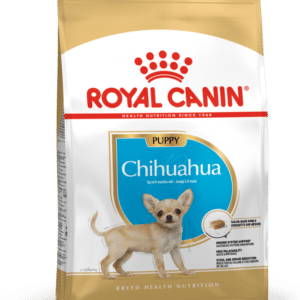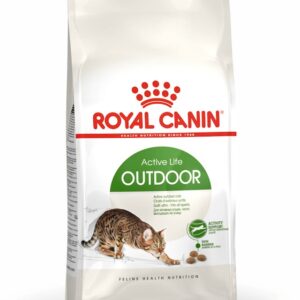Basil
Kitchen gardening

Every herb garden should have a basil plant or two. Traditionally an annual herb, basil is now also available in perennial varieties, such as perennial pink basil, sacred basil and columnar basil. This means that you don’t need to sow new seeds each year.
If you prefer annual basil plants, a number of varieties are available, including lemon basil, cinnamon basil, mint basil, dark opal and purple ruffles.
HOW TO PLANT BASIL
Position & planting
Choose an area of your garden that receives morning sun and where the soil drains well. Remove any sticks and stones from the soil and add a generous amount of compost.
Sow seeds at a depth of 3mm and keep the soil moist until germination has taken place (usually within seven days).
Once the seedlings are well established, thin them out by pinching out suckers until the remaining plants are 30cm apart. Pinch off growing flower tips to encourage the production of more leaves.
Watering & disease
Water the plants regularly, about twice a week. Allow the soil to dry out slightly between waterings. Black patches appearing on the basil leaves (a condition known as botrytis) is a sign of too much water or poor drainage. Improve drainage by adding bark or coarse compost to the soil.
Harvesting
Basil leaves should be harvested as you need them as they do not store well. You can pick whole stems and place them in a jar of water inside your home – they’ll last for a few days this way.
HOW TO USE BASIL
- Basil is an excellent companion plant for tomatoes as it repels aphids, fruit flies and beetles, and is said to improve the flavour of tomatoes grown nearby.
- It is an essential herb for both Italian and Thai cooking. The leaves have a delicate flavour that is heat-sensitive, so only add to your dish at the end of the cooking process.
- Blend basil leaves with olive oil, parmesan and pine nuts to make your own pesto.
- Rub fresh basil leaves on insect bites to relieve itching.
You might also like
Shop online
-
- Sale!
CHIHUAHUA JUNIOR 1.5KG
- Original price was: R314.99.R251.99Current price is: R251.99.
- Add to cart Learn More
-
PURE LAWN 100ML
- R99.99
- Add to cart Learn More
-
- Sale!
OUTDOOR 2KG OR 4KG
- R367.99 – R631.19
- Select options This product has multiple variants. The options may be chosen on the product page Learn More




